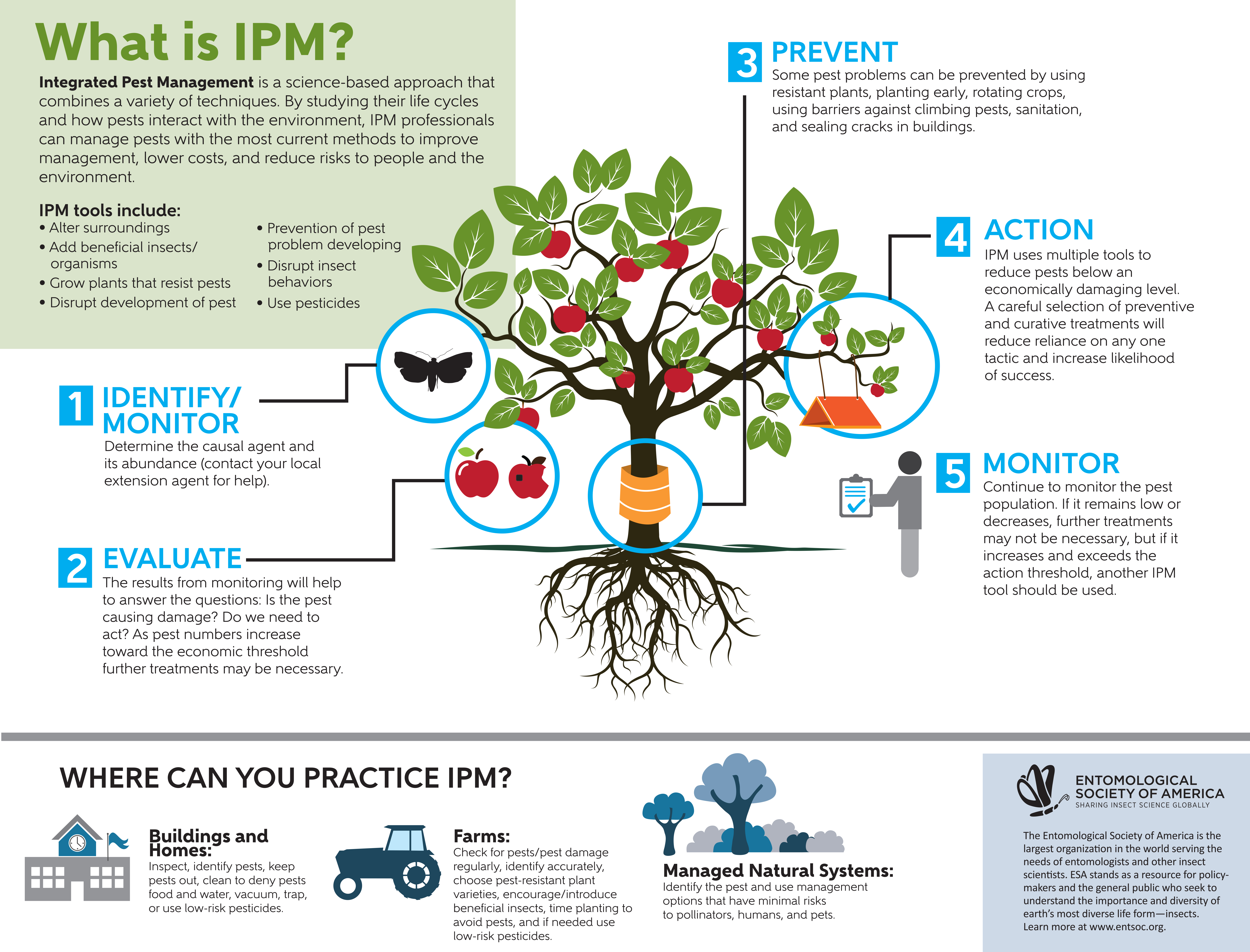Examining Effective Termite Administration Strategies In A Conventional Structure
Examining Effective Termite Administration Strategies In A Conventional Structure
Blog Article
Post Produced By-Fischer Aarup
Picture a historic structure silently battling a concealed risk under its old beam of lights. Discover just how a team of experts got over the obstacle of termite invasions in this architectural gem by employing innovative methods that protected its stability. The journey to maintain this heritage site introduces a narrative of durability and development, providing valuable insights right into the delicate equilibrium in between conservation and contemporary parasite control methods.
Historic Value of the Building
The historical building you're dealing with holds immense cultural significance in the local neighborhood. This building treasure has stood the test of time, seeing generations of locals and site visitors travel through its doors. Its rich history is woven into the material of the neighborhood, symbolizing resilience and practice. As a keystone of the town's heritage, the building works as a substantial link to the past, supplying a look into bygone ages and preserving stories that would or else be shed to time.
Throughout the years, the building has organized plenty of occasions, from neighborhood events to events of neighborhood culture. Its wall surfaces have actually resembled with giggling, music, and the voices of those who have actually walked its halls prior to you. By protecting this historical framework, you aren't just shielding a physical towers however additionally securing an item of the community's identity. Welcoming the historic importance of the structure is vital in understanding its value and the importance of maintaining its integrity for future generations to value.
Termite Problem Obstacles
Navigating through the historic value of the structure, you come across substantial obstacles postured by a termite problem. These little insects can wreak havoc on the structural integrity of the historical framework, creating substantial damages if left uncontrolled. The unique architectural attributes and aged wood existing in historical structures give an optimal setting for termites to prosper, making it vital to address the problem promptly.
Determining the degree of the termite invasion is usually a difficult task, as these creatures can tunnel deep into the wooden frameworks, hidden from ordinary sight. Moreover, conventional termite control methods may not be completely suitable for historical buildings due to the prospective damage they can cause to the structure's integrity and historical worth.
Maintaining the historic credibility of the structure while successfully removing the termite problem calls for a fragile equilibrium and customized know-how. Applying tailored termite control procedures that are both efficient and mild on the historic materials is important to make certain the lasting protection of the building.
Cutting-edge Control Actions Applied
Carrying out advanced termite control strategies is necessary in guarding the historic integrity of the building while successfully combating the problem. One cutting-edge action includes utilizing non-repellent fluid termiticides. These items are essentially undetected to termites, permitting them to unknowingly come into contact with the treatment and spread it throughout the swarm. mosquito treatment makes certain detailed removal without informing the termites to stay clear of the dealt with locations.
Another cutting-edge method is the setup of termite baiting systems. house flea treatment cost utilize termite attractants combined with slow-acting toxicants. Termites feed upon the lure, share it with their nest participants, and inevitably remove the entire population. This targeted method is eco-friendly and minimally invasive, making it optimal for historical buildings where maintaining the original structure is vital.
Additionally, employing infrared technology for termite discovery has changed control actions. Infrared cams can identify warm trademarks indicating termite task behind wall surfaces or within structures. This non-invasive technique allows for accurate targeting of treatment, reducing damages to the structure while effectively eliminating the termites. By incorporating these cutting-edge control steps, the historic structure can be safeguarded from termites without jeopardizing its building significance.
Final thought
You've found out just how sophisticated modern technology and non-toxic treatments saved a historical building from termite invasion.
Did you recognize that termite damage prices U.S. property owners billions of bucks each year?
Shield your building with cutting-edge termite control actions to stay clear of expensive repairs and maintain its historic worth.
